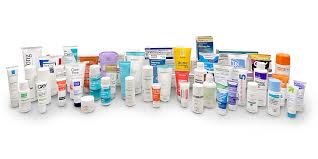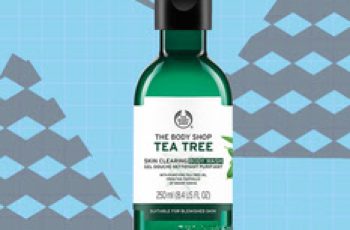
Navigating Safety in Skincare: Benzene Contamination in BPO Products
In light of the recent discovery of benzene contamination in benzoyl peroxide (BPO) acne treatments, the critical examination of the U.S. Food and Drug Administration’s (FDA) regulatory mechanisms reveals the nuanced and multifaceted challenges of ensuring the safety of over-the-counter (OTC) skincare products.[1] This incident not only underscores the limitations of current oversight but also highlights the urgent need for comprehensive testing and the importance of considering diverse populations in product safety evaluations. This blog will discuss safety in skincare, how changes are made in the industry, and identifies groups most at risk.
The Benzene Contamination Incident: A Wake-Up Call for the Skincare Industry
The independent testing laboratory Valisure LLC recently unveiled alarming findings: high levels of benzene, a known carcinogen, in several over-the-counter benzoyl peroxide (BPO) acne products from major brands.[2] With benzene levels found to be up to 12 times the FDA’s temporary limit in some products.
Benzoyl peroxide, a staple in acne treatment for its bactericidal properties and ability to reduce inflammation, is now at the center of a significant public health discussion. The presence of benzene—a substance not typically associated with BPO formulations—raises profound concerns about the potential for other unseen risks lurking in commonly used health and beauty products.
The Integral Role of Benzoyl Peroxide and Regulatory Oversight
The FDA has established that BPO concentrations ranging from 2.5% to 10% are safe for OTC use. [3] However, the emergence of benzene, a carcinogen not directly regulated in BPO formulations, in acne treatments from reputable brands has spotlighted the intricate dance between ensuring product efficacy and safeguarding consumer health.
Health risks of benzene exposure
The Health Risks of Benzene Exposure
Benzene’s classification as a Group 1 carcinogen by the International Agency for Research on Cancer (IARC) points to substantial evidence of its carcinogenicity in humans, specifically linked to blood cancers such as leukemia.[4] The risk posed by benzene is not limited to direct exposure but extends to its potential presence in everyday products, which can lead to chronic, low-level exposure. This scenario becomes particularly concerning when the contaminated products are skincare treatments, as these are applied directly to the skin, potentially allowing for systemic absorption of toxins.
The Importance of Rigorous Testing and Diverse Group Inclusion
The benzene contamination issue in BPO products highlights a critical gap in pre-market testing and the necessity for rigorous, comprehensive safety evaluations. Traditional testing protocols may not always detect unexpected contaminants like benzene, pointing to the need for a more thorough approach that includes advanced analytical techniques and considers the degradation products and their interactions with human skin.
Moreover, the importance of testing these products on diverse groups cannot be overstated. Skin types and sensitivities vary widely across populations, with factors such as ethnicity, age, and underlying health conditions influencing how a product interacts with the skin. For instance, higher melanin content in darker skin tones may react differently to certain chemicals compared to lighter skin tones.[5] Additionally, the potential for heightened sensitivity or differing metabolic pathways in diverse populations necessitates a broader scope of safety testing to truly ensure a product is safe for all consumers.
the collaborative path forward
The Collaborative Path Forward
Addressing the complexities of product safety in the skincare industry requires a collaborative effort that extends beyond regulatory bodies. Manufacturers must take a proactive stance in not only adhering to current guidelines but also in pioneering advanced testing methodologies that anticipate potential contaminants and their risks. Independent laboratories play a crucial role in this ecosystem, acting as an additional layer of oversight and a catalyst for transparency and accountability.
Public health advocates and consumer groups further contribute to this dialogue, championing the need for inclusivity in product testing and raising awareness about potential health risks. Their efforts can drive industry-wide changes, pushing for regulations that reflect the latest scientific findings and the diverse needs of the consumer base.
Ensuring Safety in Skincare
While the FDA sets the standards for what is considered safe and effective in skincare products, the recent discovery of benzene contamination highlights a critical point: the ultimate responsibility for testing products for safety and adhering to these standards falls on the brands and manufacturers themselves. This incident serves as a crucial reminder of the ongoing challenges in ensuring the safety of OTC skincare products and the necessity of a shared commitment to rigorous testing, transparency, and accountability.
A collaborative effort
A collaborative Effort
In navigating the complexities of skincare product safety, the collective efforts of the FDA, manufacturers, independent labs, and consumers are essential. By fostering an environment of collaboration and innovation, and by embracing a commitment to inclusivity and comprehensive testing, the skincare industry can aspire to a future where safety is not just a regulation but a cornerstone of every product offered to consumers. Together, we can turn incidents like the benzene contamination in BPO products from anomalies into catalysts for lasting change, ensuring the safety and well-being of consumers in an ever-evolving market


